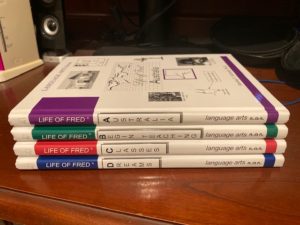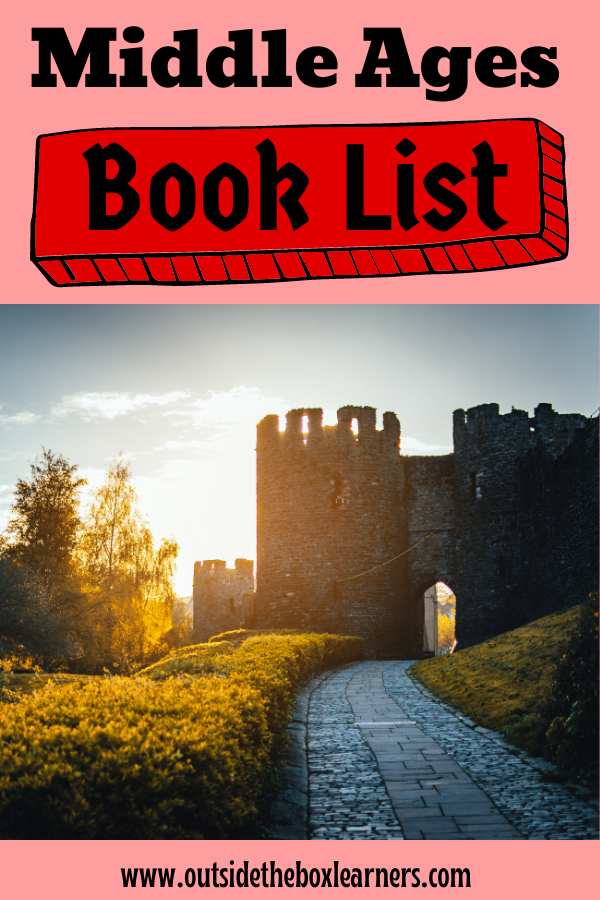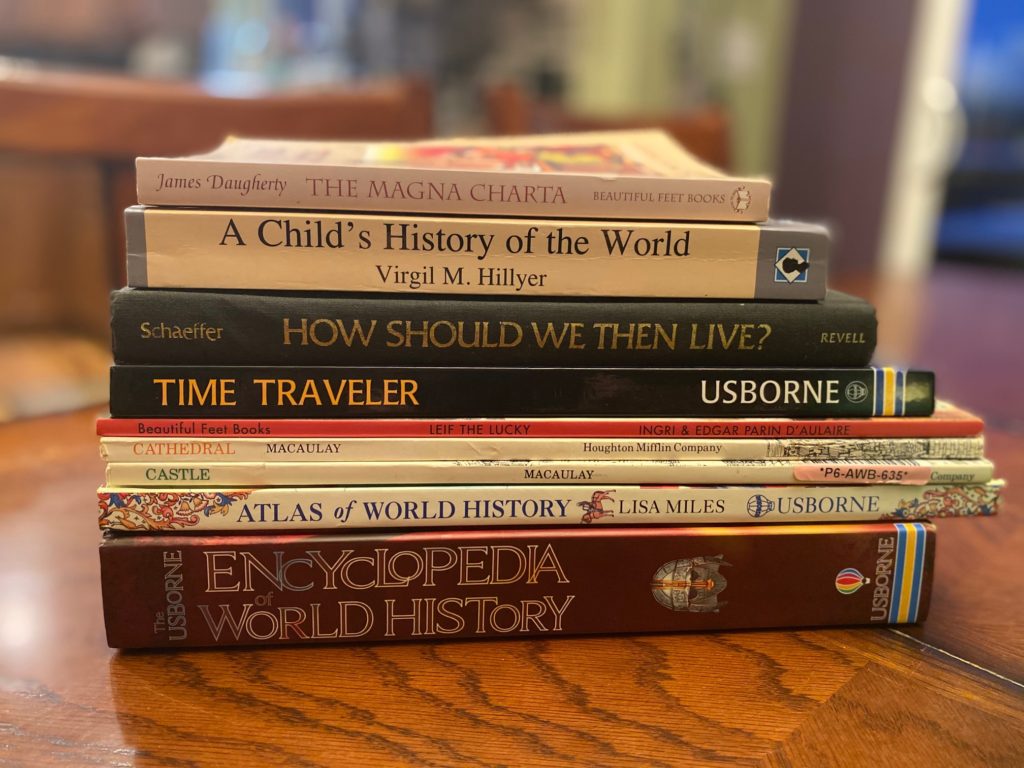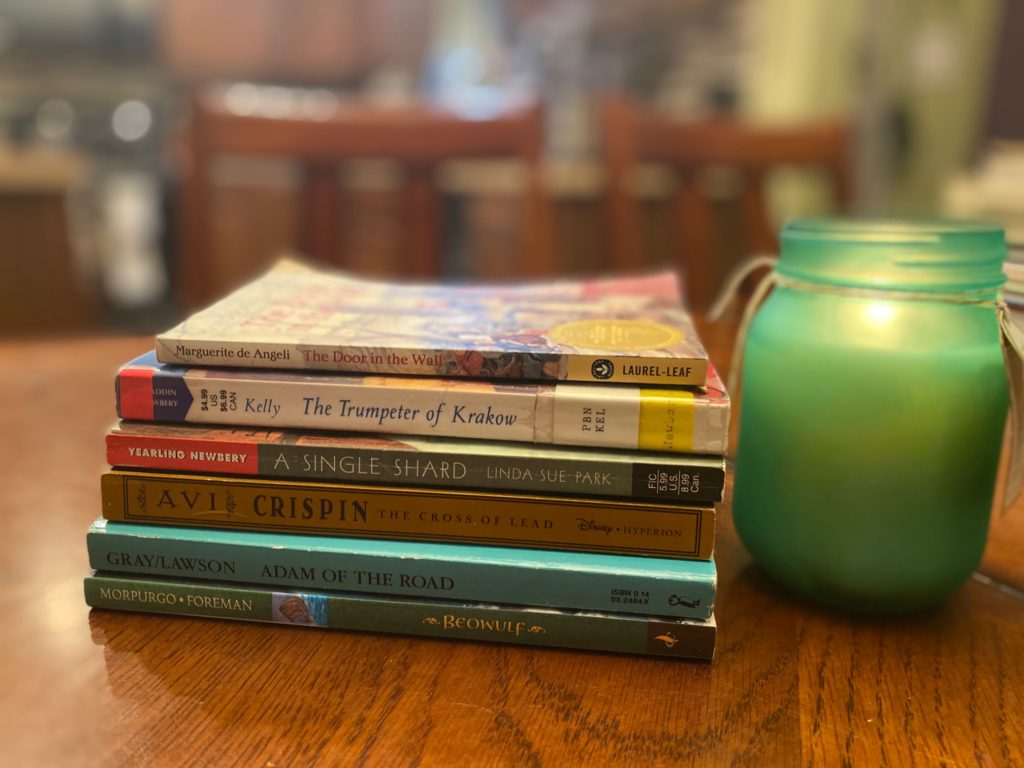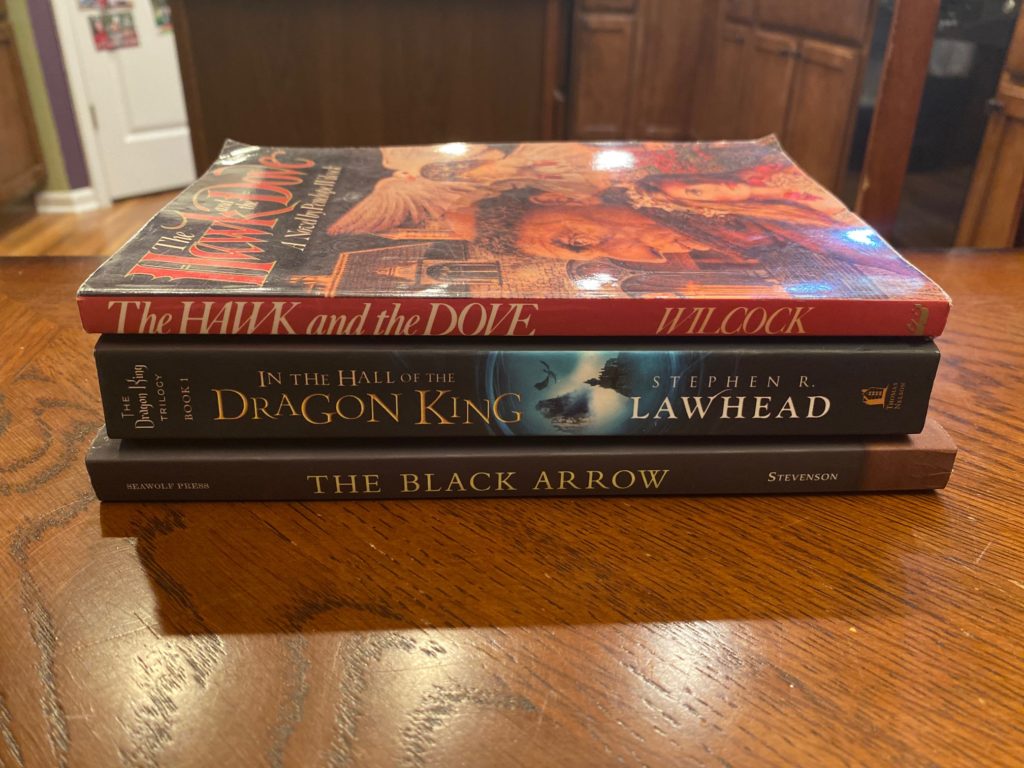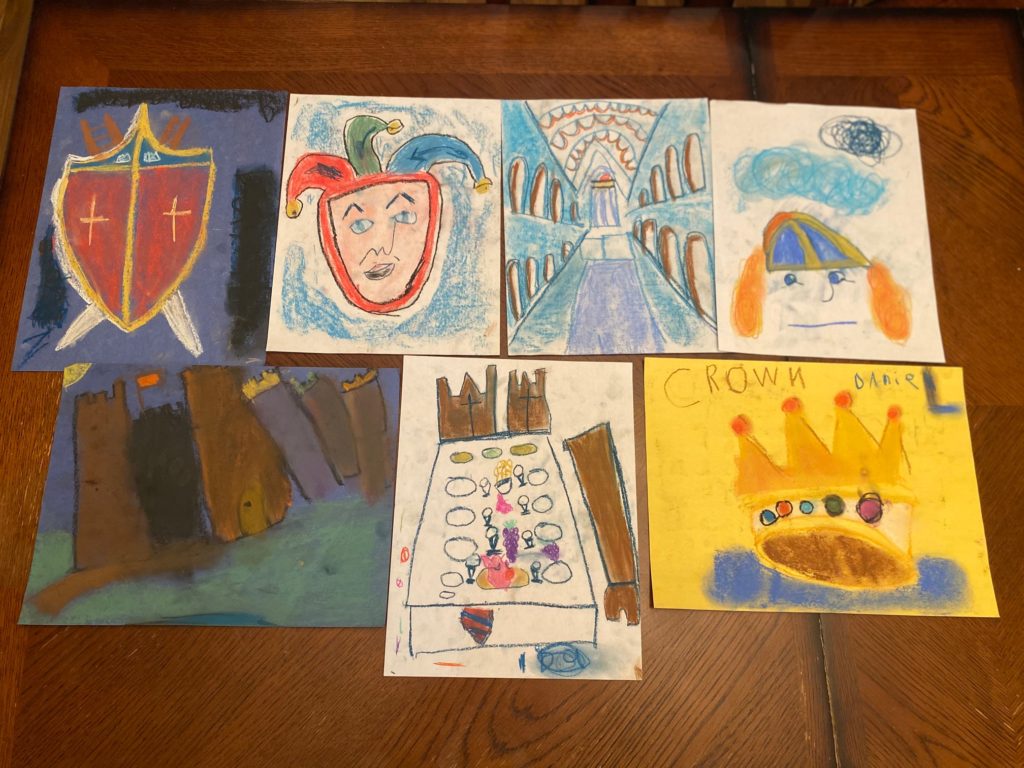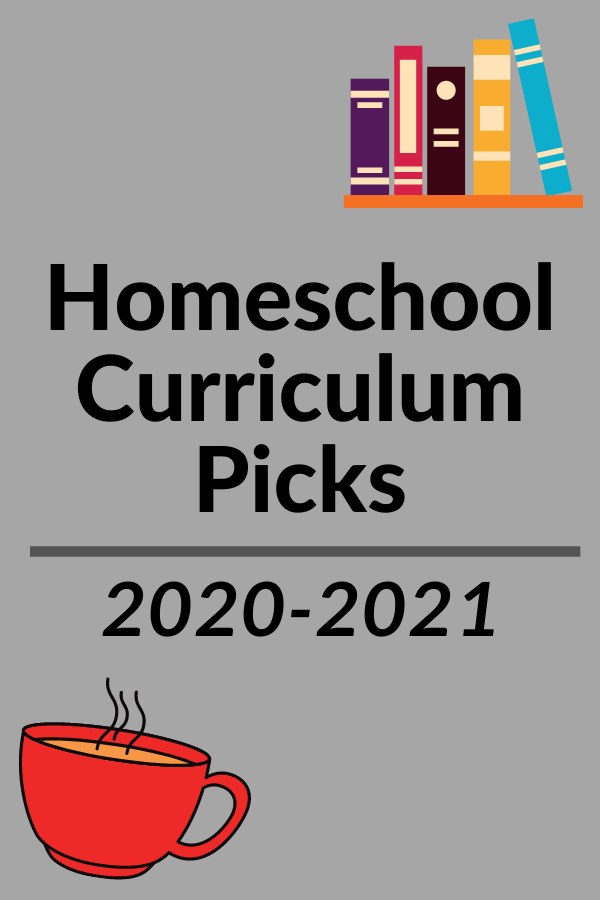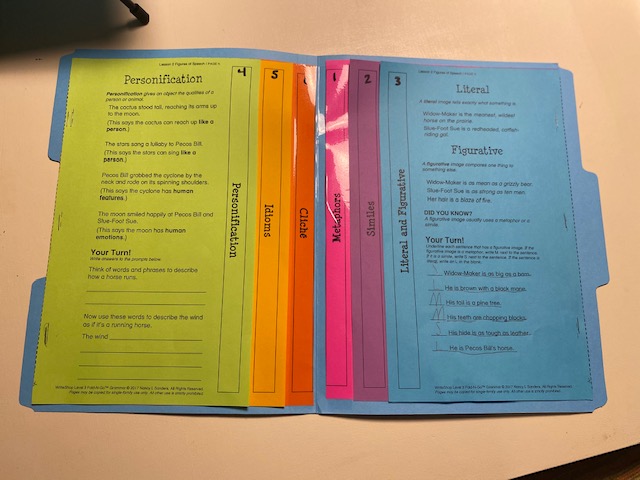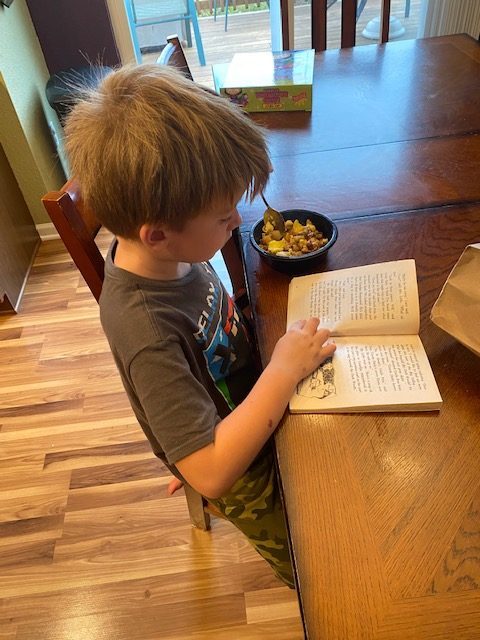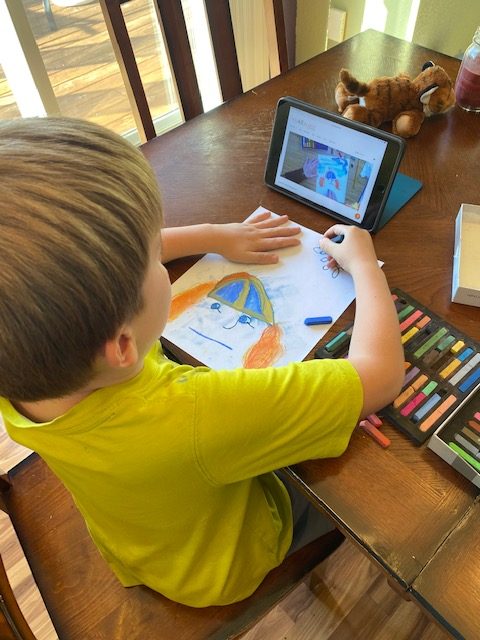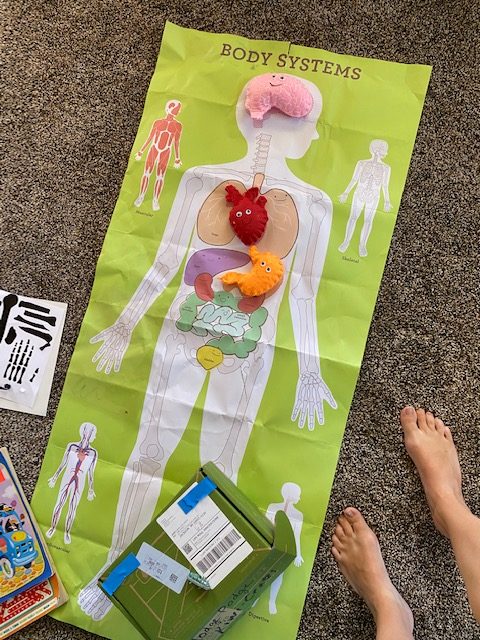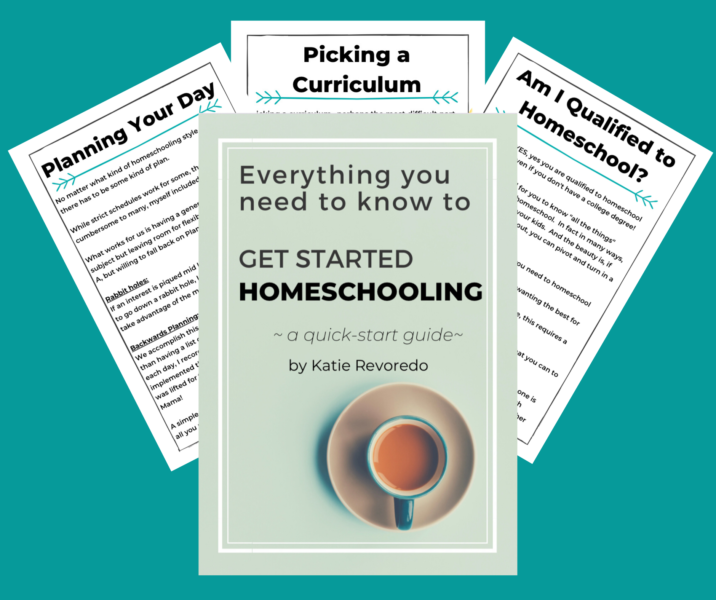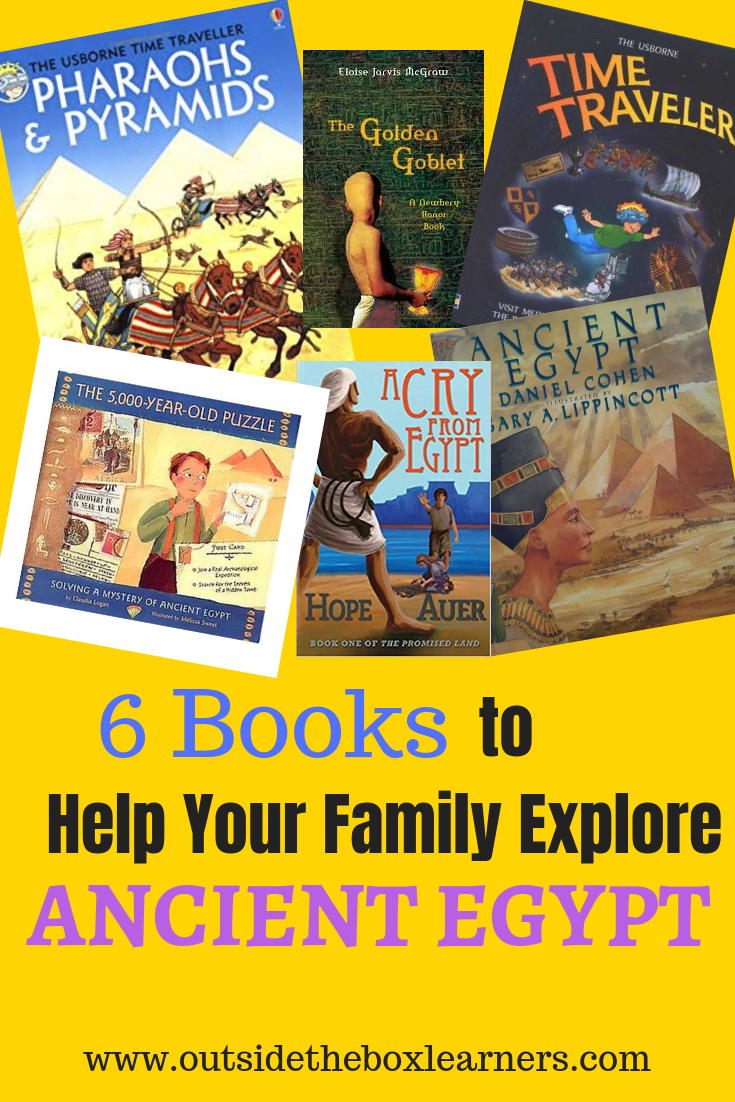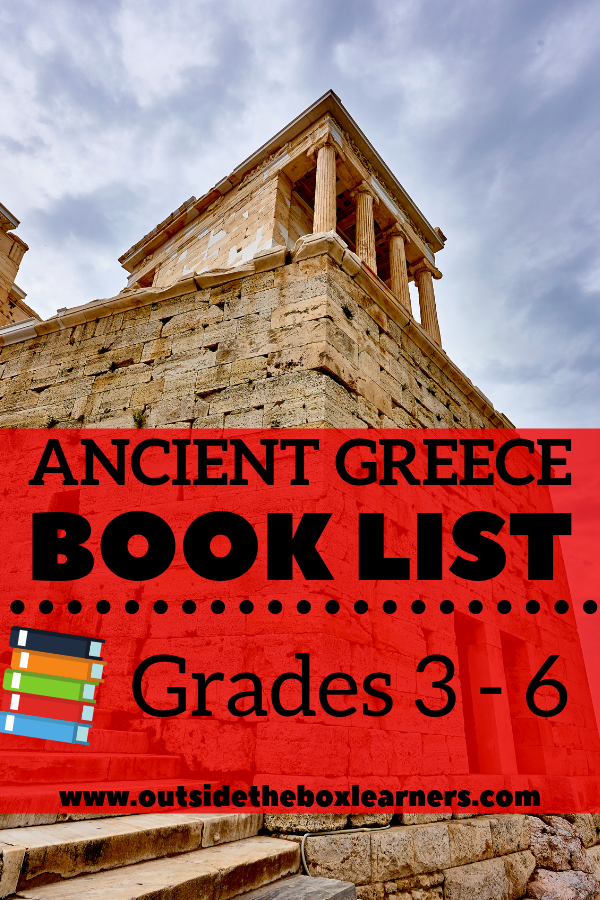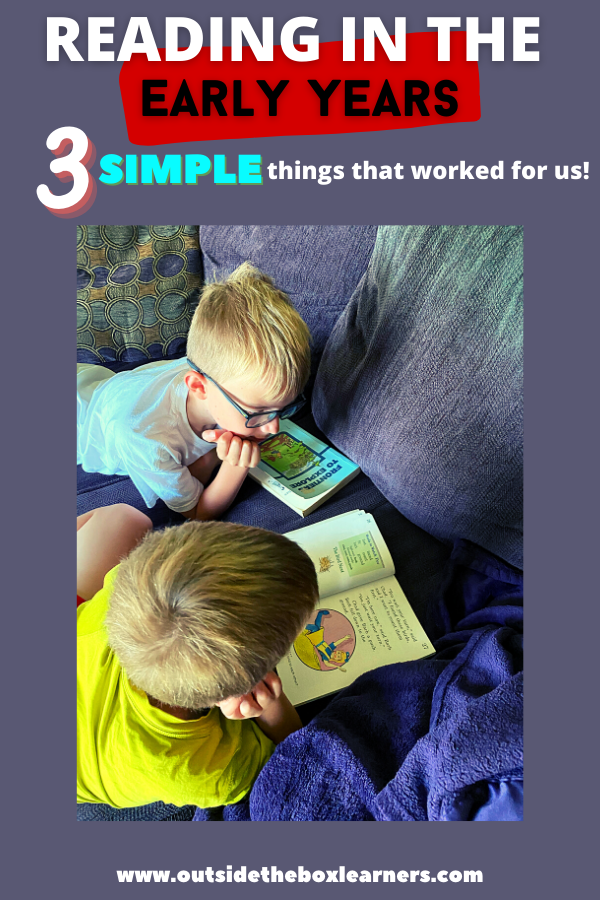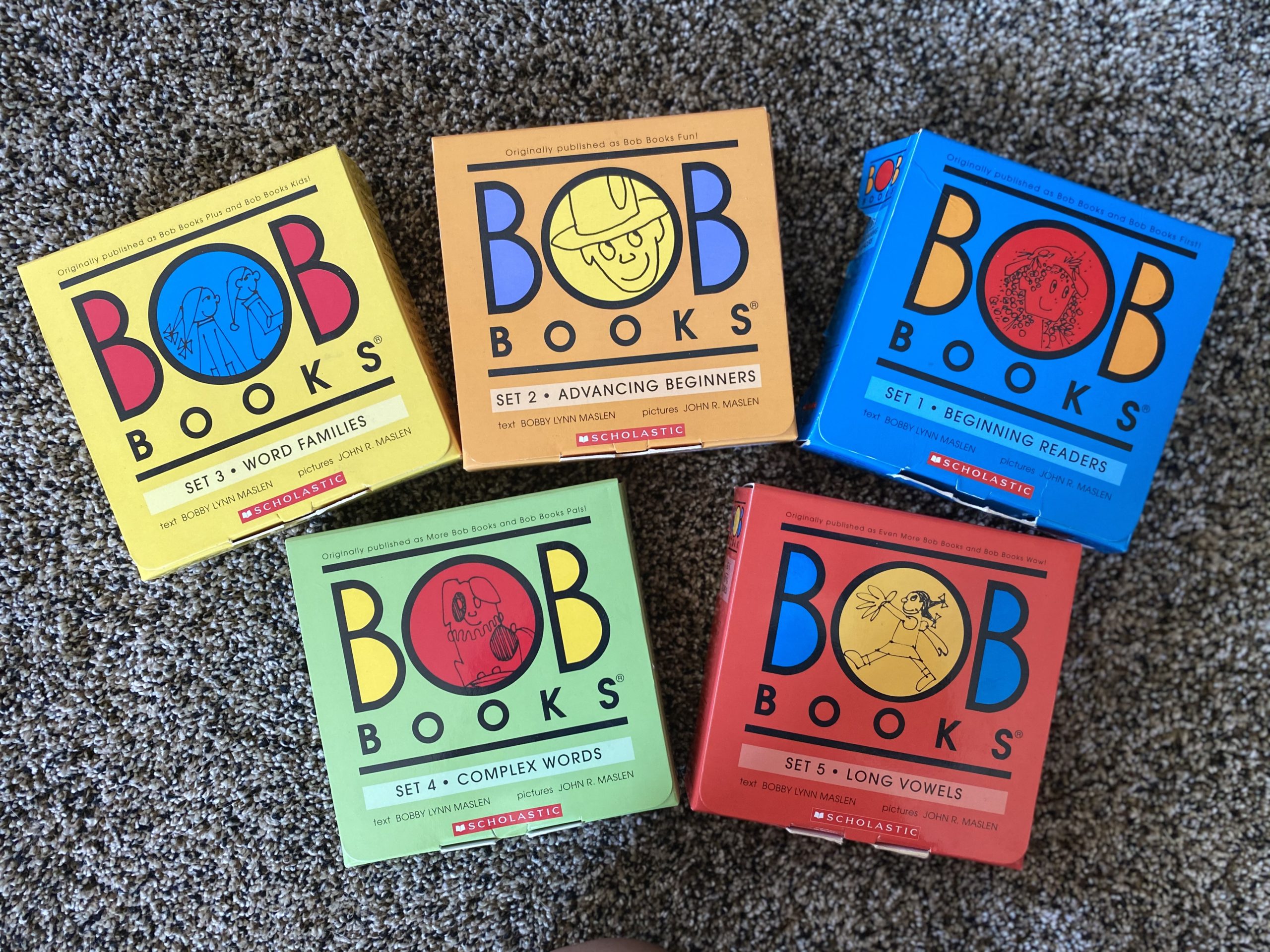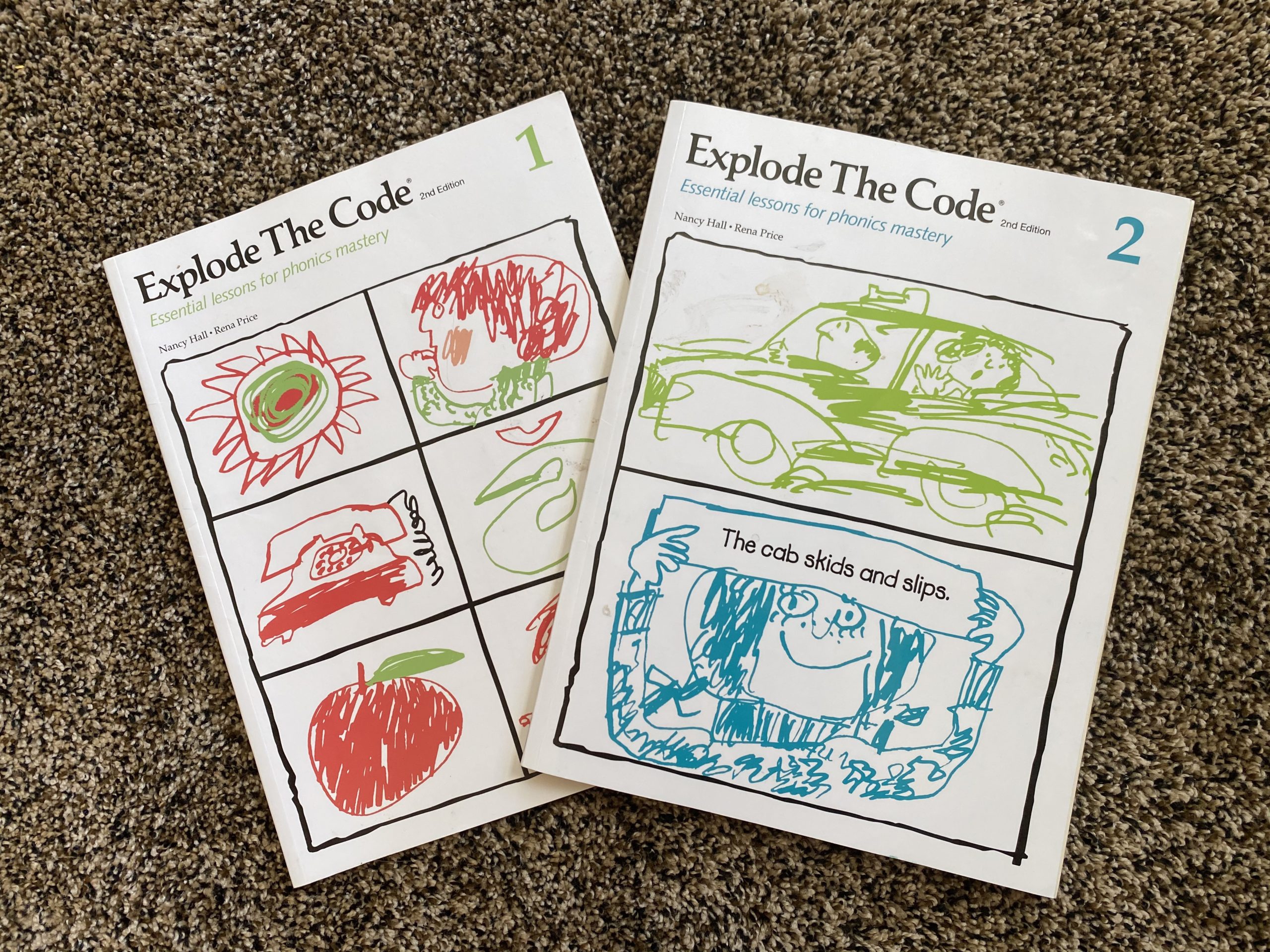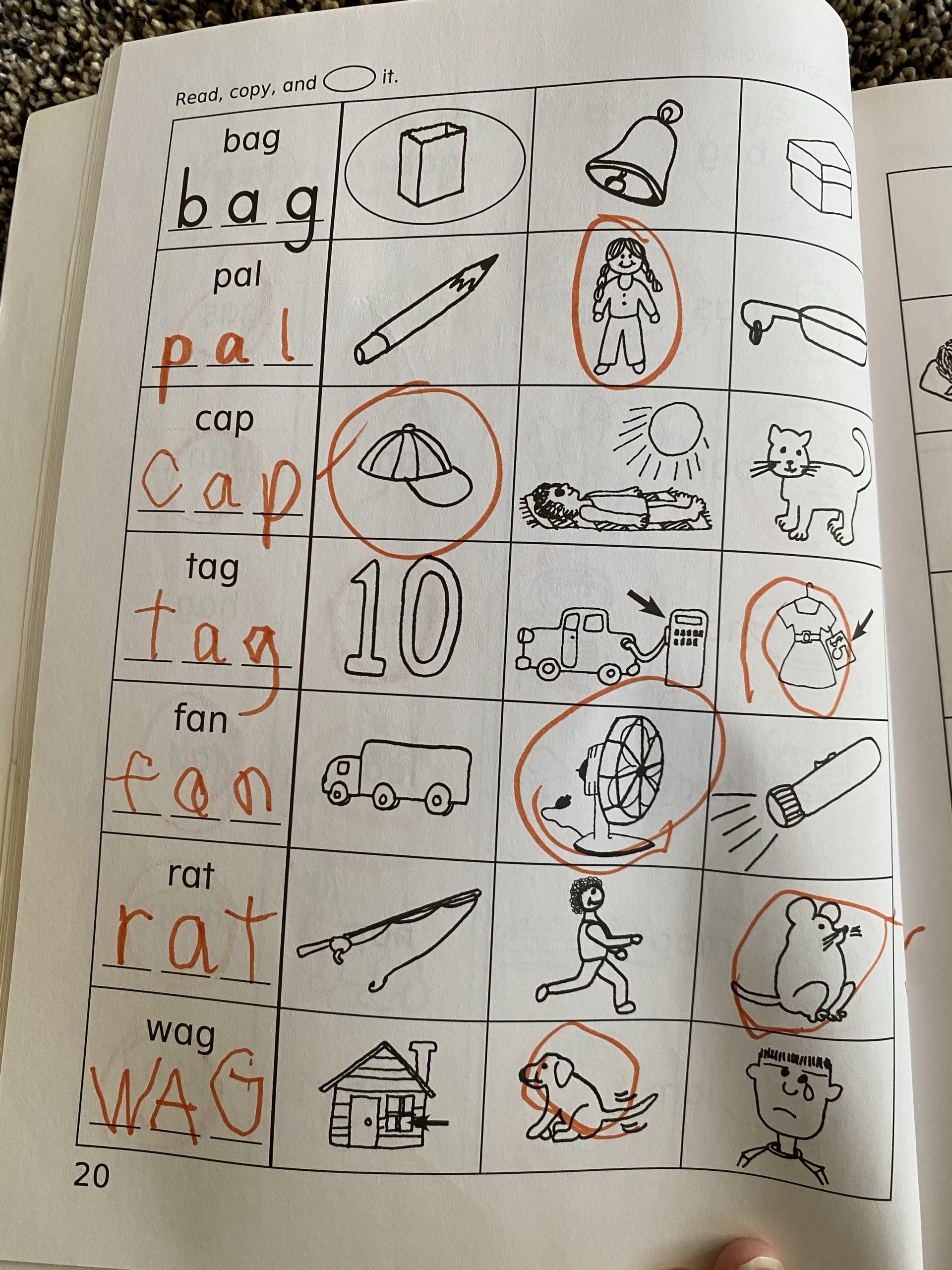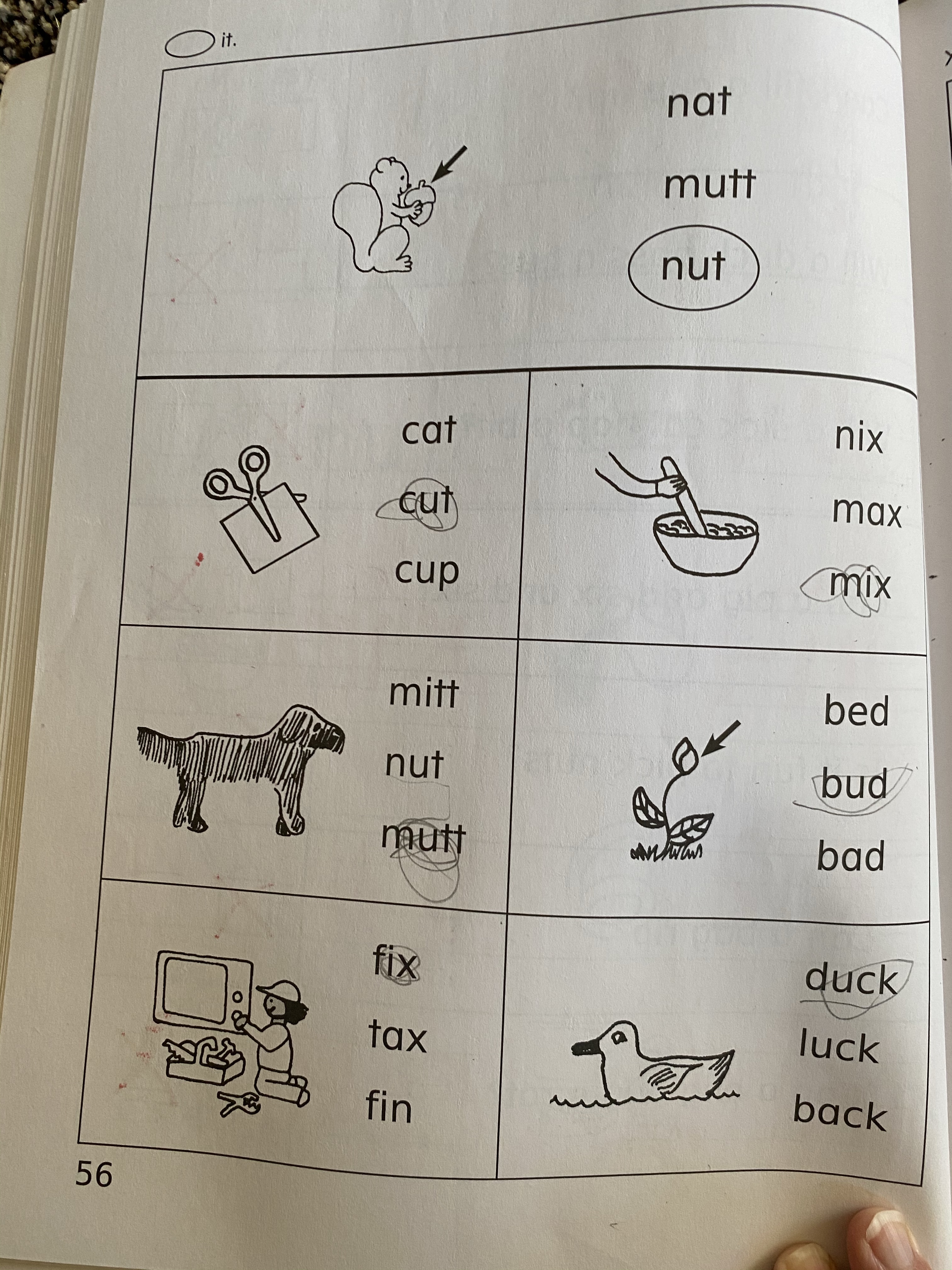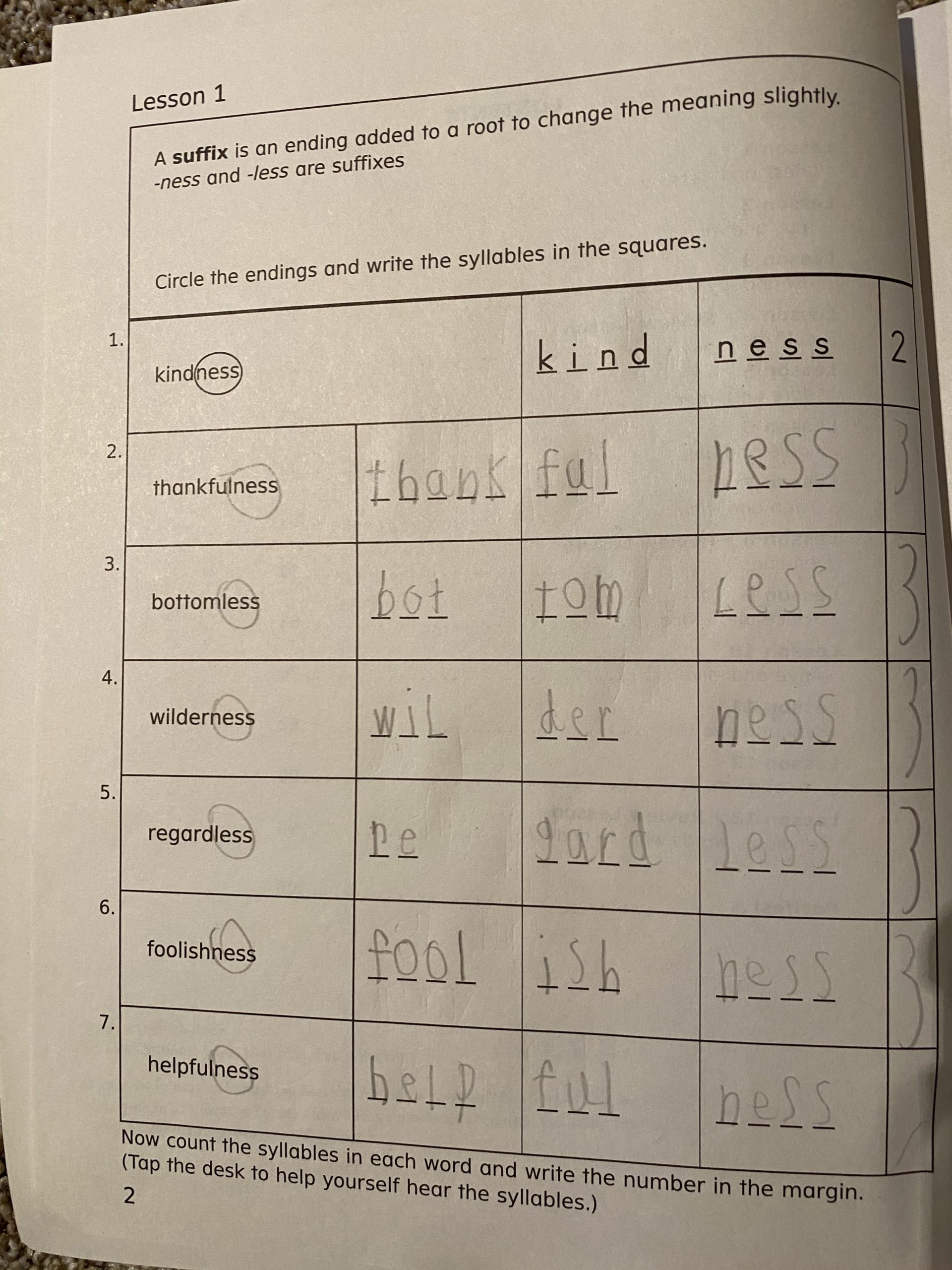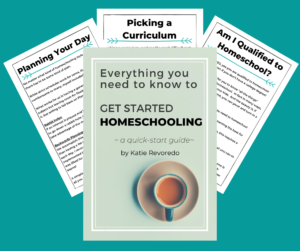If there’s one question that I mull over way too much regarding my kids’ education it’s this: How do I find the balance, or sweet spot between pushing too much and not pushing enough.
Anyone else with me?
In my beginning years of homeschooling, I thought the more challenge and work the better, and that this would result in a more “educated” person. But as the years went on, I’ve seen the value in giving them the breathing room to explore their interests and letting their own motivation drive their learning.
This blog post contains affiliate links and any purchases made through such links will result in a small commission for me (at no extra cost to you).
I know challenging my kiddos is important, but when taken to the extreme it can cause burnout. On the flip side, I know taking a relaxed approach can yield many benefits, but can also sometimes lead to laziness.
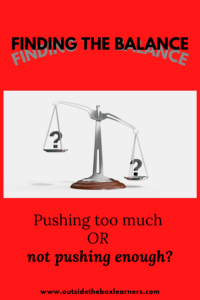
So how do you find the balance?
In Sarah Mackenzie’s book “Teaching From Rest” (which I try to read just about every year because of all the wonderful nuggets of practical wisdom), she writes:
“If studiousness is a virtue worth cultivating, I find that I am drawn toward vice on either side of it. On the one hand, I am drawn to steamroll over my kids, to lord over them with checklists and grade levels withouth regard to their nature as unique persons made in the image of God. On the other, I am drawn to negligence or carelessness. I comfort myself with adages about children learning all the time and, hoping that my child will encounter an idea for himself without my interference, fail to form my student’s affections out of fear that such work is coercion or manipulation.”
I can relate to this so much! The pull between pushing too m
uch, and not pushing enough is a real struggle.
Motivation drives learning, and diligence is worth cultivating.
I do think there is tremendous value in a self-driven child. Many days I’m amazed at what my kids get done when it’s done completely of their own volition.
When their work comes from a place of self-motivation, it has more meaning to them and they remember more of what they’re learning about. Letting them take ownership in their learning is empowering for them and increases motivation.
Yet it’s true that in the real world, you sometimes have to do things you’d rather not. Diligence is also a discipline worth cultivating.
Light the fire, but then remember to stoke it.
One of my favorite quotes about education is “Education is not the filling of a bucket, but the lighting of a fire.” Mackenzie takes it a step further and says “…but we must remember that a fire does indeed need to be lit, and then stoked, or else it will burn out.”
Having recently returned from a week of camping (and many hours spent around the campfire), this point is especially vivid to me. I’m reminded that just like a campfire needs to be stoked and tended to – in order to stay robust, our kids sometimes need our prodding and guidance to help them.
Some days I’m going to get it wrong by pushing too much. Other days, I’ll probably let laziness go too far. That’s ok. Hopefully most days, I’m finding myself stoking the fire of learning…
See my next post: Practical Ways to Stoke the Fire of Learning
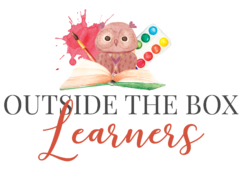
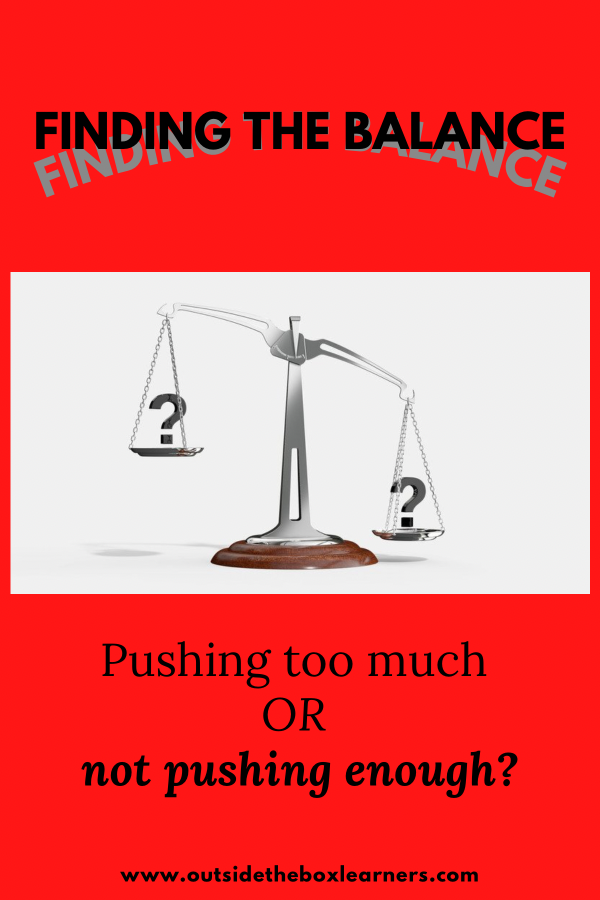

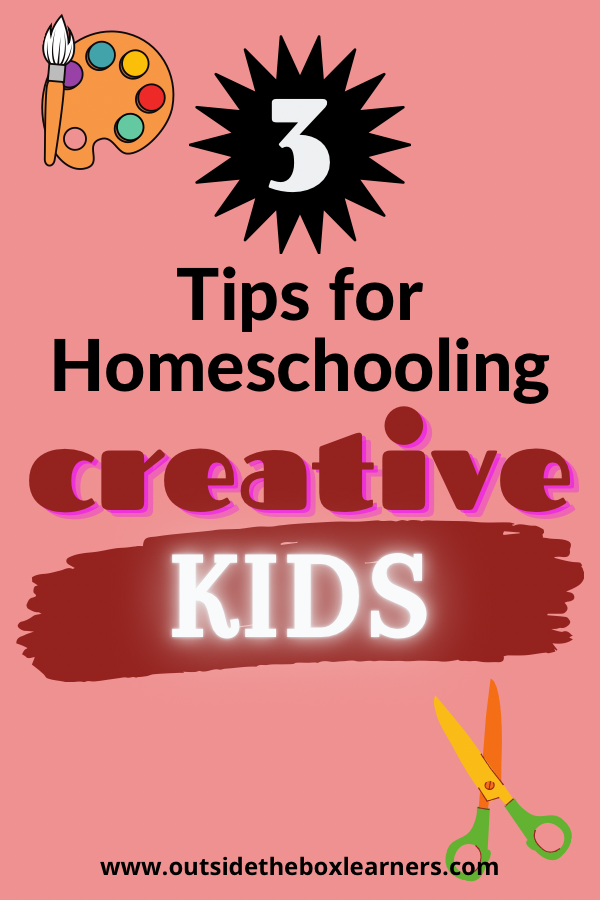
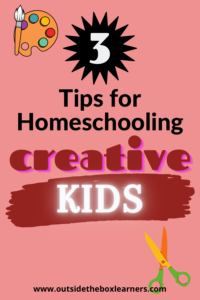



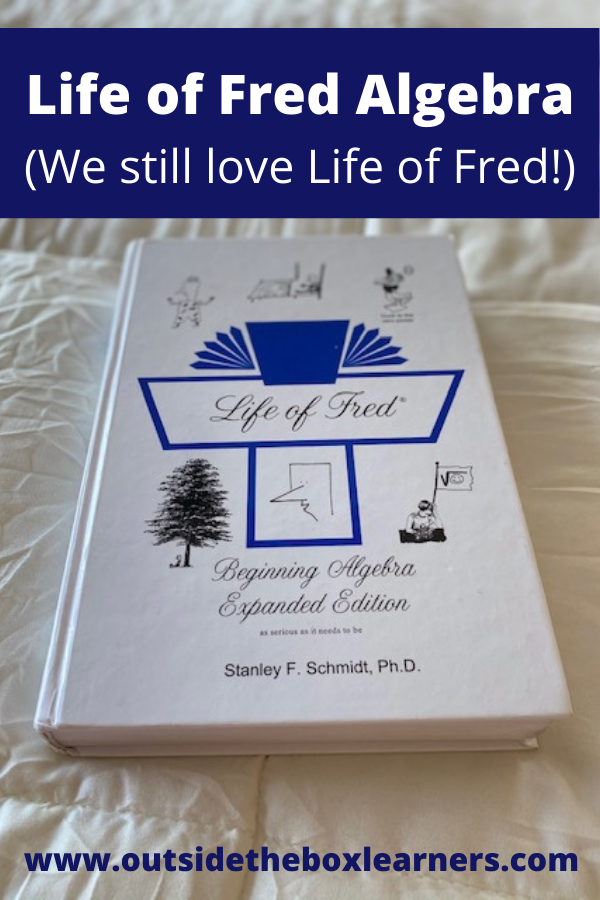
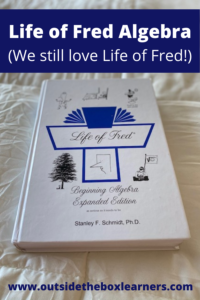
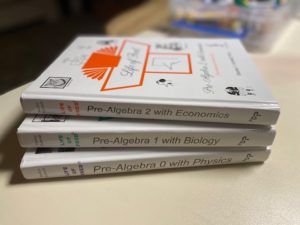 She thoroughly enjoyed the combining of pre-algebra with other subjects (well maybe not physics as much, though it did stretch her brain a bit!)
She thoroughly enjoyed the combining of pre-algebra with other subjects (well maybe not physics as much, though it did stretch her brain a bit!)